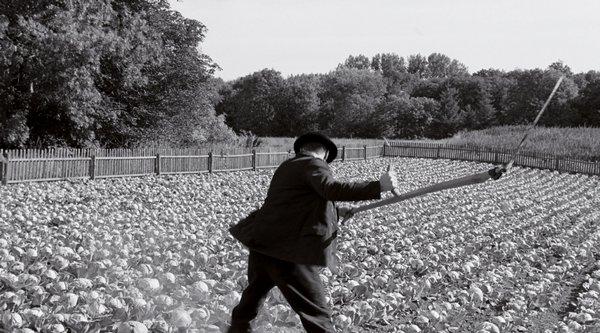| Academy Award Nominations: |
| Best Cinematography: Christian Berger |
| Best Foreign-Language Film |
|
| Golden Globe Nominations and Winners: |
| ★ | Best Foreign Language Film |
|
| Other Awards: |
| Cannes Film Festival: Palme d'or (Best Picture); FIPRESCI Prize |
| New York Film Critics Circle: Best Cinematography (Christian Berger) |
| Los Angeles Film Critics Association: Best Cinematography (Christian Berger) |
| National Society of Film Critics: Best Cinematography (Christian Berger) |
| European Film Awards: Best Picture; Best Director; Best Screenplay |

